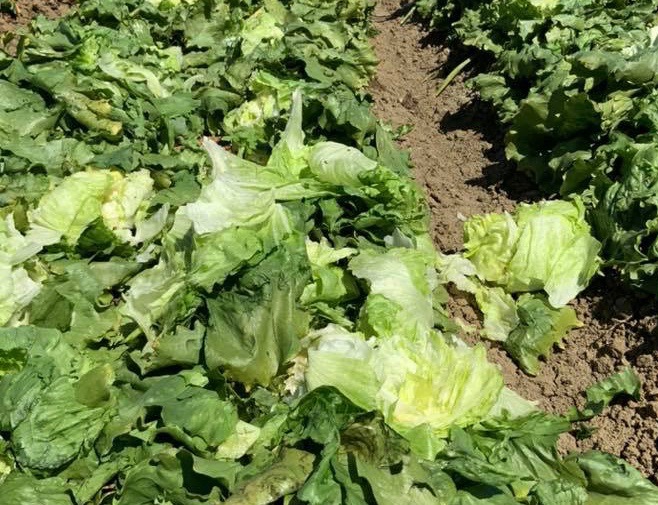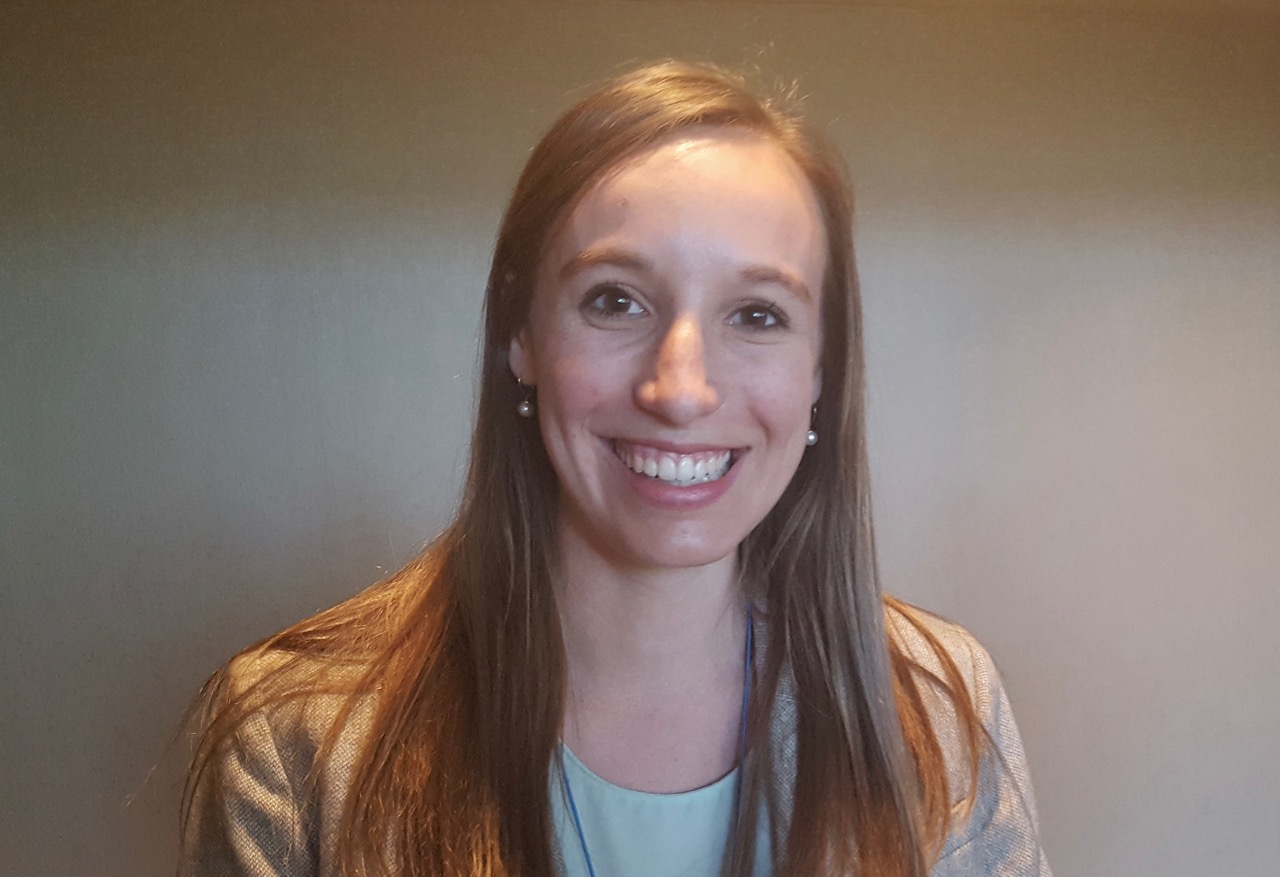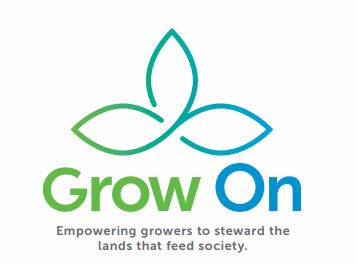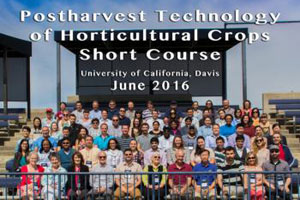Minimizing Food Waste During These Difficult Times
Food Waste Becoming a Bigger Problem
By Tim Hammerich, with AgInfo.net
We typically waste about ⅓ of all of the calories our farmers produce, and the pandemic has likely made that number even higher. When the food service market all but disappeared, fresh produce in warehouses had nowhere to go. Crops that had already been planted are now ready, and the market has not yet returned, typically leading to enormous food waste.
Sarah Hulick is responsible for Grower Innovation at Full Harvest Technologies, which facilitates markets for food that would otherwise be wasted.
“Right when this all started in like mid- to late March, it was actually more like they were already harvested and sitting in warehouses. And that’s really hard because every single cost is already sunk in that product, including the plastic wrap on the cauliflower heads, the cooling, the energy, everything is already in that product,” noted Hulick. “You know, right now it’s more like maybe they planted for higher demand and now it’s sitting out in a field and they have to make that tough choice to till it in. Or if they have a good relationship with a food bank, they could harvest it and send it to a food bank. But yeah, there’s a lot of food being wasted right now,” said Hulick.
Hulick said the logistics of getting fresh produce to a food bank can be complicated, and in California it cannot be taken to a landfill. Some farmers are being forced to till their harvest in due to lack of markets.
AgInfo.net is the largest Radio Network in the West with 140 Affiliate Radio Stations.
























